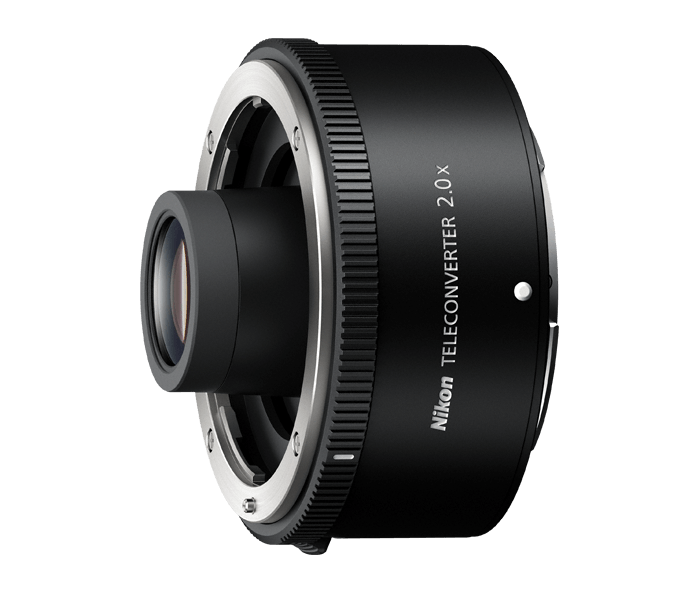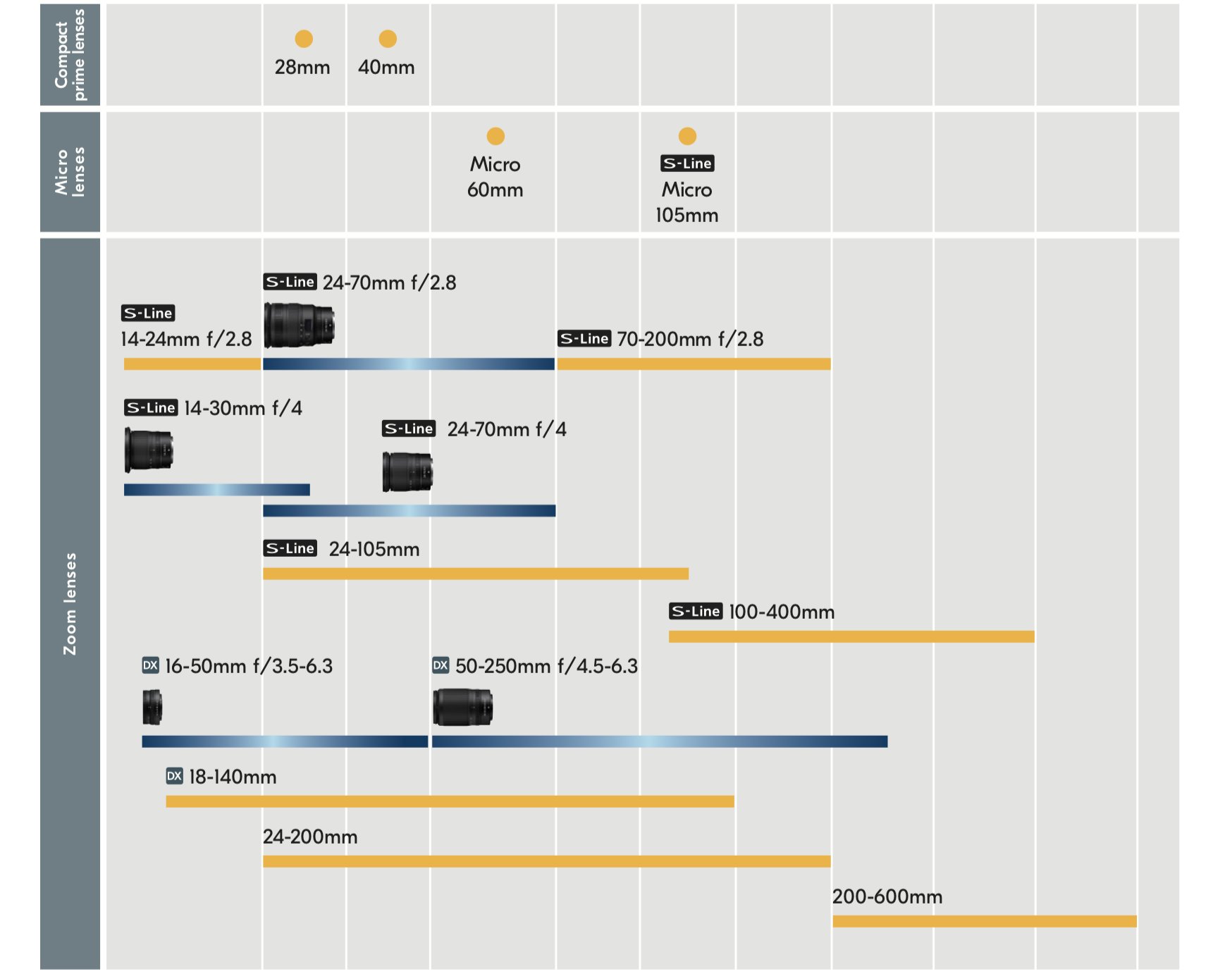

What’s more, this lens exhibits only minimal chromatic aberration, and even more importantly there’s little or no coma, especially when used at f/2 and beyond. Performance in this department only improves as the diaphragm is stopped down to f/2.8, where overall sharpness and contrast are truly amazing from edge to edge. In this article, I rank the best lens options for shooting astrophotography on Nikon Z6, Z7, and Z50 cameras.īut before making your own choice from among those on our list, be sure to read our buyer’s guide below explaining what to look for in an astrophotography lens.Ĭentral sharpness is very impressive even wide open, and while there’s a degree of softness towards the corners, performance is nonetheless very good even here.
Read on to find out why most Nikon Z lenses won’t cut it for astrophotography, and learn which third-party lenses make the grade instead.

In fact, it turns out that the best way of shooting astrophotography with Nikon’s Mirrorless models may not be using any of the native Nikkor S lenses at all. However, although Nikon’s Z system offers a rapidly expanding range of superb quality glass, choosing the right Nikon Z lenses for astrophotography is not as straightforward as you might first imagine. And what better way to do so than with Nikon’s top-end range of Mirrorless cameras the Nikon Z series. Yet rapid advances in imaging technology mean that capturing the night sky in stunning detail has never been as achievable as it is today. Astrophotography has been around for almost as long as photography itself.īut until relatively recently, getting good results in astrophotography required access to some very serious photographic kit.


 0 kommentar(er)
0 kommentar(er)
